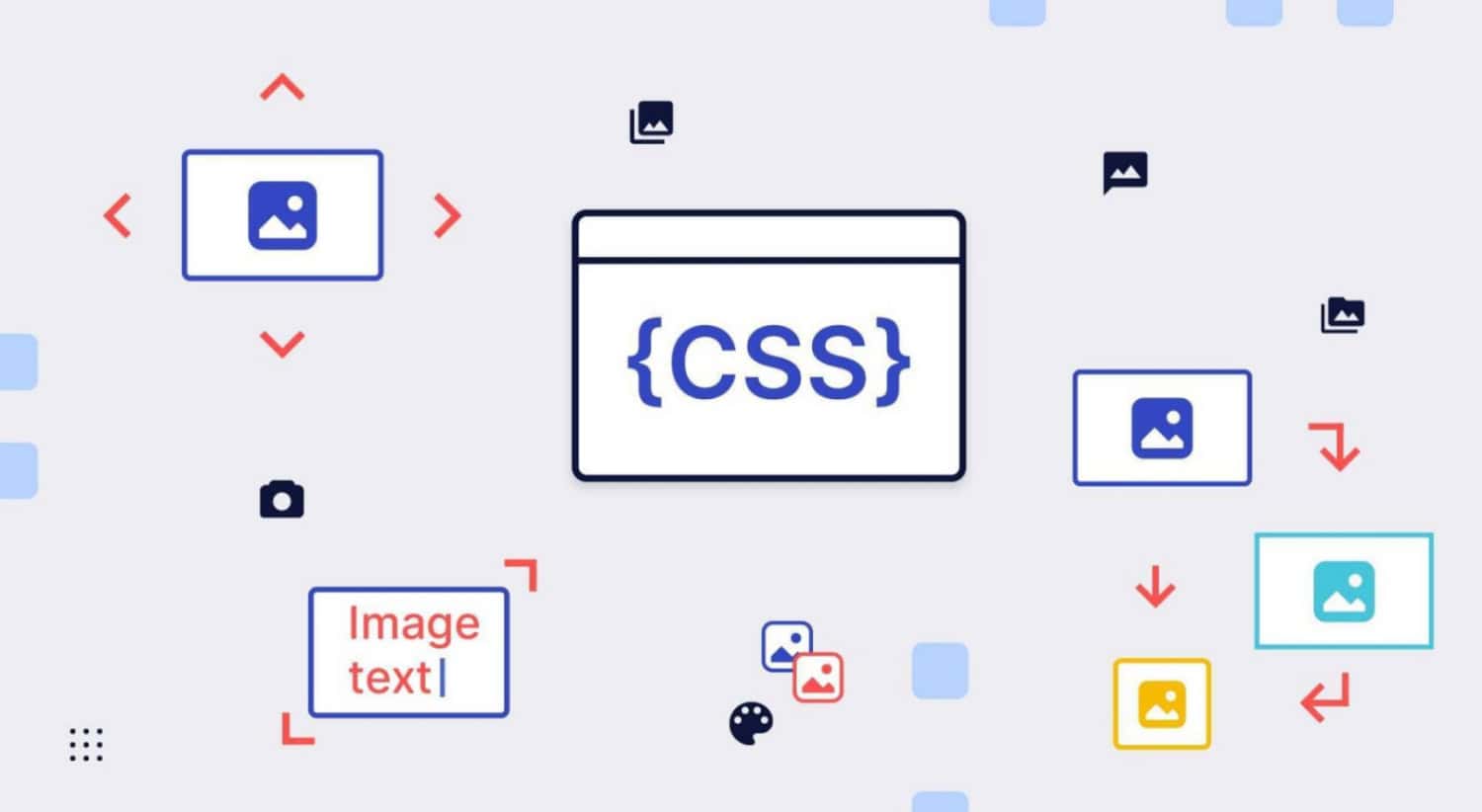Nowadays, people create their websites for business and blogs to showcase creativity or any particular skills. But the user interface and the website visuals matter, too. Every single person is impressed with an organized, well-designed website. To enhance these visuals, empty lines play a significant role. But how can you add an HTML empty line to your blog or website?
To add an empty line in your HTML code, you can use the primary markup method of <br> element. This is a self-closing tag and is usually represented in visual media to enhance reading on websites.
As you read the article further, you will come across more ways to create line breaks, which will help you develop a professional appearance and a smooth user experience. But before getting into that, let’s see the importance of line breaks and why you should use them.
See also: LinkedIn Quiz Answers in HTML: Ace Your Test Today
Table of Contents
HTML Empty Line: Why put them?
HTML (Hypertext Markup Language) builds the foundation of the World Wide Web, allowing us to organize and display material on web pages. Even though HTML offers a wide variety of elements and attributes to style text and manage information, there are instances when we need to add blank lines or generate spacing to improve readability and the overall aesthetic appeal of our web pages.
We will examine a straightforward markup method to insert an HTML empty line in this article, assuring a polished and eye-catching appearance.

By creating a clear visual distinction between paragraphs, headings, photos, and other items on a page, whitespace, often known as empty lines, is an essential component of good web design.
We can design a well-organized and visually beautiful layout that improves the user experience and readability of the information by sparingly employing empty lines. HTML blank lines also assist in reducing clutter and enable readers to scan the page’s content.
The <br> Element: Inserting Single Empty Lines
The <br> element is the most frequently used in HTML code to insert a blank line. A closing tag is not required because the <br> tag self-closes. HTML adds a blank line and shifts the content to the following line once the browser detects an <br> element. Here’s an illustration:

<p>This is the first line.</p> <br> <p>This is the second line.</p>
In the example above, we have positioned the <br> element after the first paragraph. The <br> tag will create an empty line following the first line, and the webpage will display the second line.
Multiple Empty Lines: The <br> with Attributes
Using numerous <br> tags is laborious if you insert several empty lines. You may use the <br> element and the clear attribute to make the procedure easier. With the clear feature, you may determine how material flow after the inserted blank line. Here’s an illustration:
<p>This is the first line.</p> <br clear="all"> <p>This is the second line.</p>
In the example above, we have applied the clear=”all” property to the <br> element. Regardless of how the content is aligned, material pushed onto the next line will always follow the line break. There are three possible values for the apparent attribute: “left,” “right,” or “all.”
Using CSS: Flexibility and Control
The <br> tag is a quick and easy way to add blank lines but it has certain restrictions. You only have a little control over the line height and spacing, and it only supports vertical spacing. So you may utilize CSS (Cascading Style Sheets) for sophisticated spacing and control.
You may have greater freedom with empty line insertion by using CSS. For instance, you may enclose components, such as blank lines, in space using the margin property. Here’s an illustration:

<style>
.empty-line {
margin-bottom: 20px;
}
</style>
<p>This is the first line.</p>
<div class="empty-line"></div>
<p>This is the second line.</p>
In the example above, we’ve developed a CSS class called “empty-line” and applied it to a div> element. The margin-bottom attribute sets a 20px value, creating a 20-pixel vertical gap between the two paragraphs. This method allows greater spacing control and may be modified to meet your unique design needs.
See also, Games With HTML Codes: Making A Snake Game With Notepad
FAQs
Why do HTML empty lines need to be added?
Empty lines can be inserted into HTML to visually separate paragraphs, headers, pictures, and other webpage components. It makes the text more understandable and user-friendly, enhancing readability and visual appeal.
How do I add a single blank line in an HTML document?
Use the
element in HTML to insert a blank line. After this self-closing tag, the browser moves the material to the next line and inserts a line break. For instance:
The opening line is this.
The second line is this.
Can I use HTML to insert many empty lines?
Yes, HTML allows for the insertion of numerous empty lines. While utilizing several
tags can do this, it can be time-consuming. Alternatively, insert several empty lines using the
element with the clear attribute. For instance:
The opening line is this.
Br clear='all'The second line is this.
Is there a method to regulate empty lines in HTML more effectively?
You may insert empty lines with more control and flexibility using CSS (Cascading Style Sheets). You may add space around items, including blank lines, and have more control over line height and spacing by implementing CSS attributes like margin or padding.
How can I add empty lines to HTML using CSS?
You may construct a CSS class and apply it to an HTML element to insert blank lines. You may get the spacing on that element by specifying attributes like margin or padding. Examples include the HTML code div class='empty-line'

